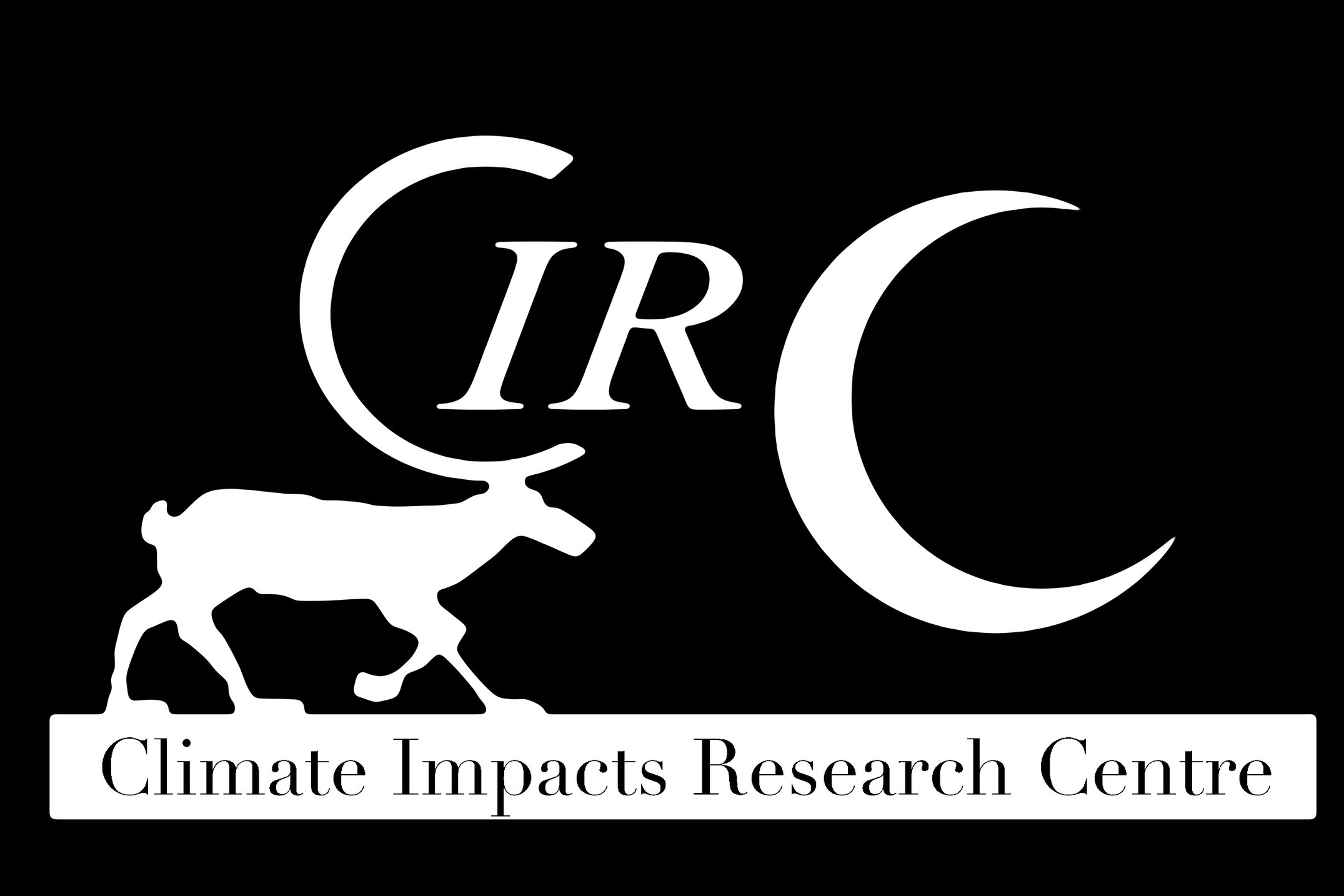Snow bunting migration and spring stop-over ecology in Abisko
Project Summary
Snow bunting (Plectrophenax nivalis or snösparv) have a circumpolar distribution, breeding mostly at Arctic latitudes or further south on alpine areas. Each year they migrate to lower latitudes to spend the winter, usually south of the snow line, though in human settlements they may stay further north where food is available. During winter, the Swedish breeding population is supplemented by snow bunting migrating from north Norway, Finland, Russia, Svalbard, and Greenland. The population of snow bunting breeding in Sweden has declined by 10-40% over the last 30 years, but is considered to have stabilised the last several years so is not currently considered threatened (Rödlistade arter i Sverige 2015, ArtDatabanken SLU). As the species breed at polar latitudes and alpine areas, and that they winter relatively far north, they are in areas experiencing some of the most rapid rates of climate change worldwide, with periods of snowcover reducing and timing of snowmelt becoming earlier, while temperature is rising (i..e approximately 1.5° C in the last 30 years in the Arctic). In this project we plan to both combine the collection of field data on migrating birds at a stopover site and breeding birds in northern Sweden (Abisko) with analysis of ring recovery data across Europe.
Collaborators
Tom Evans, CAnMOve, Lund University
Funders
Gustaf och Hanna Winblads
Project Photos
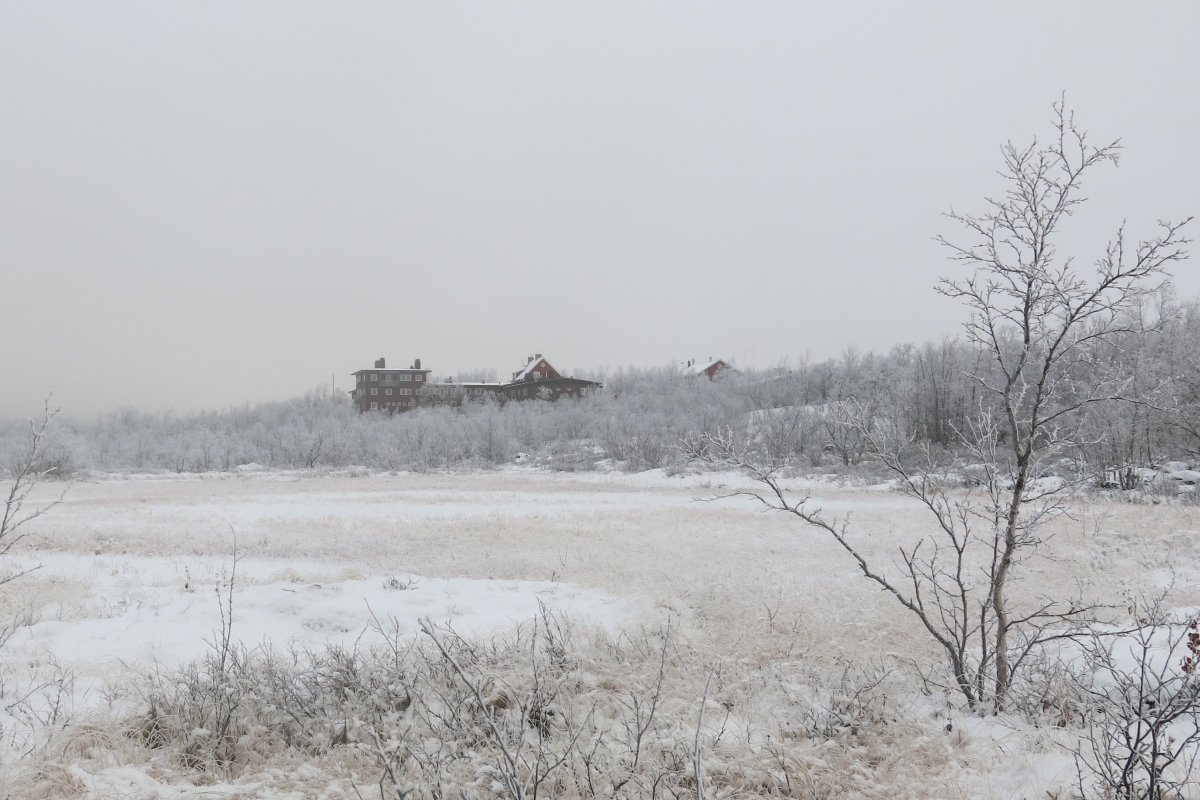

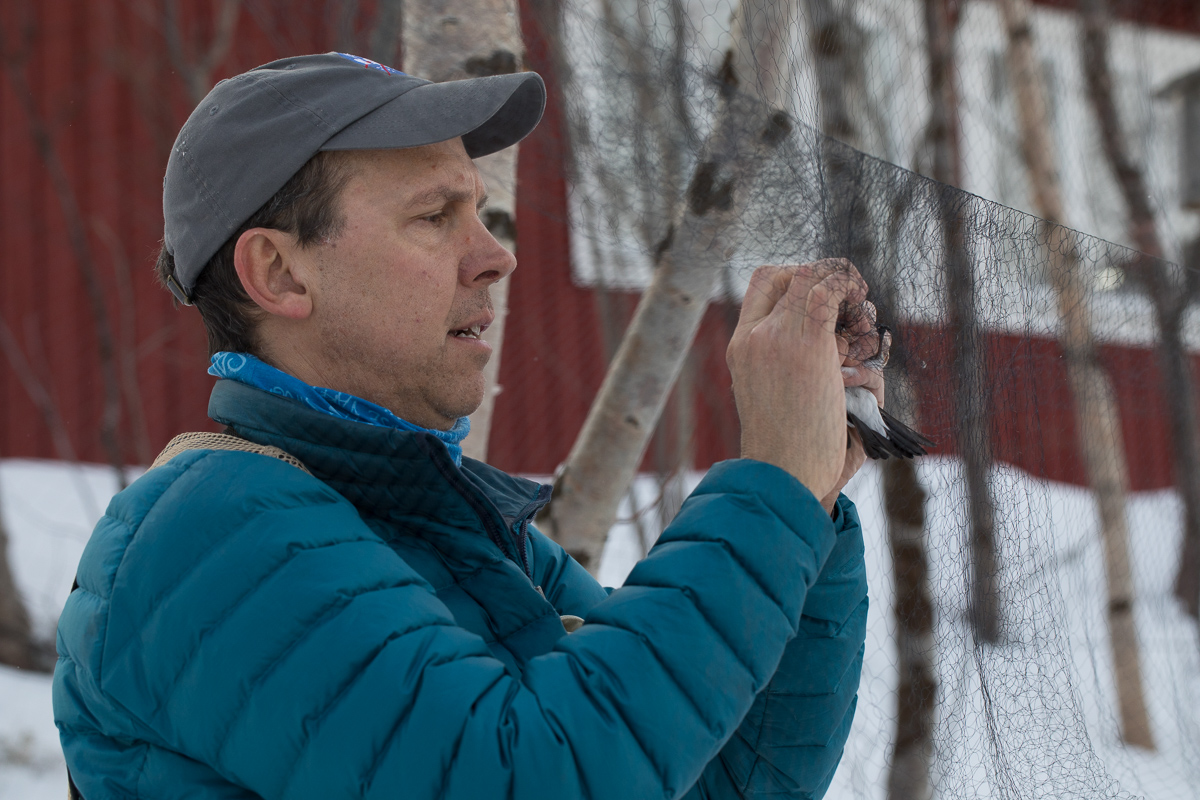

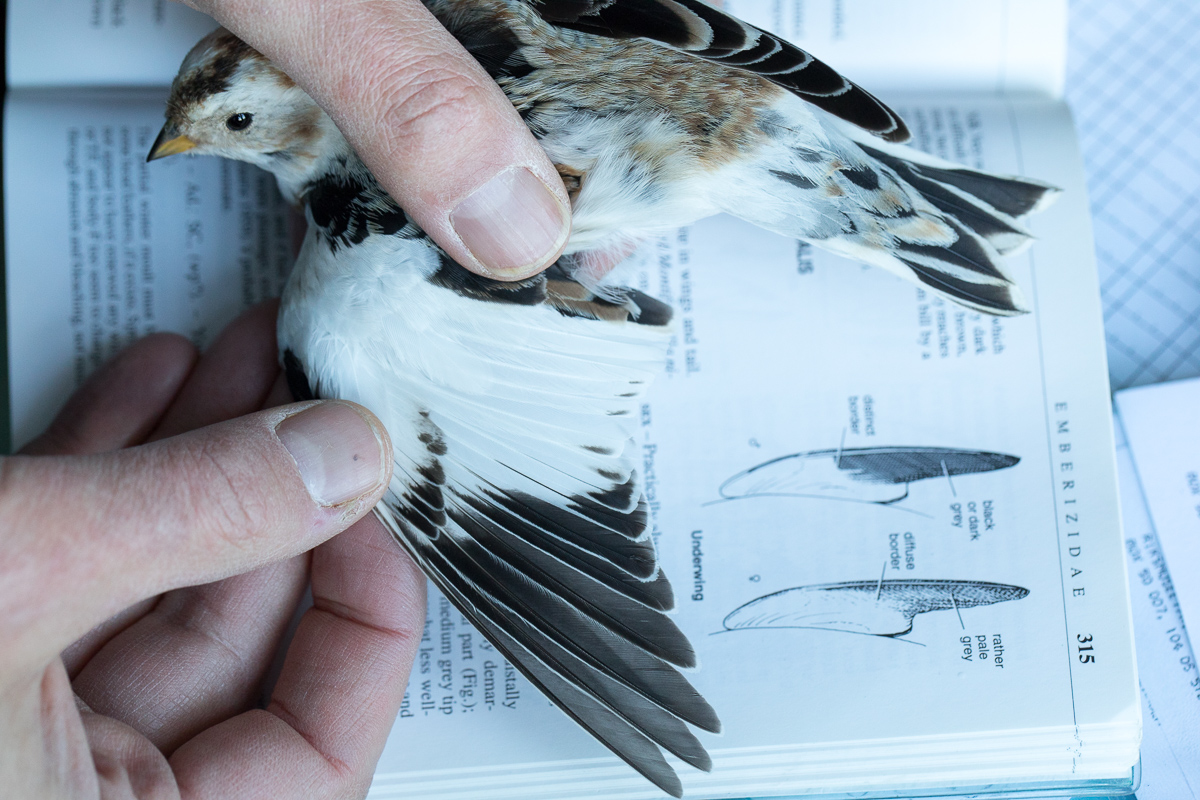
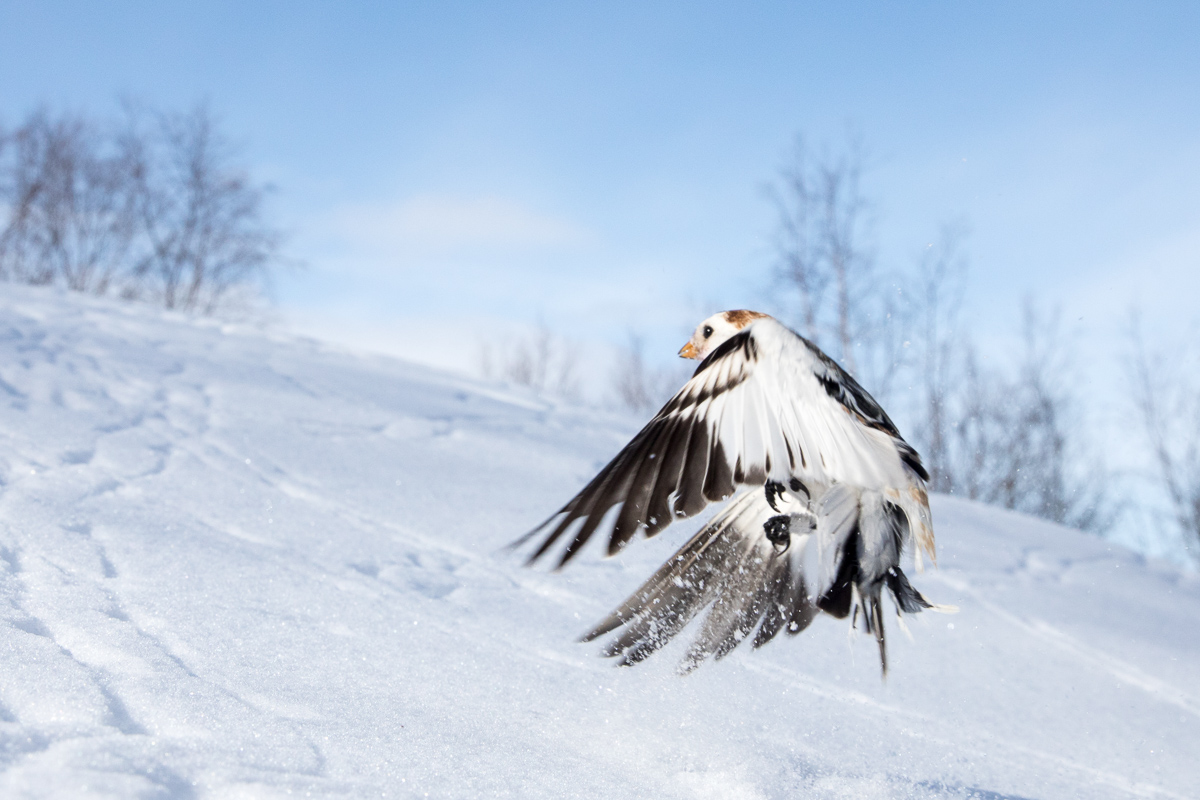
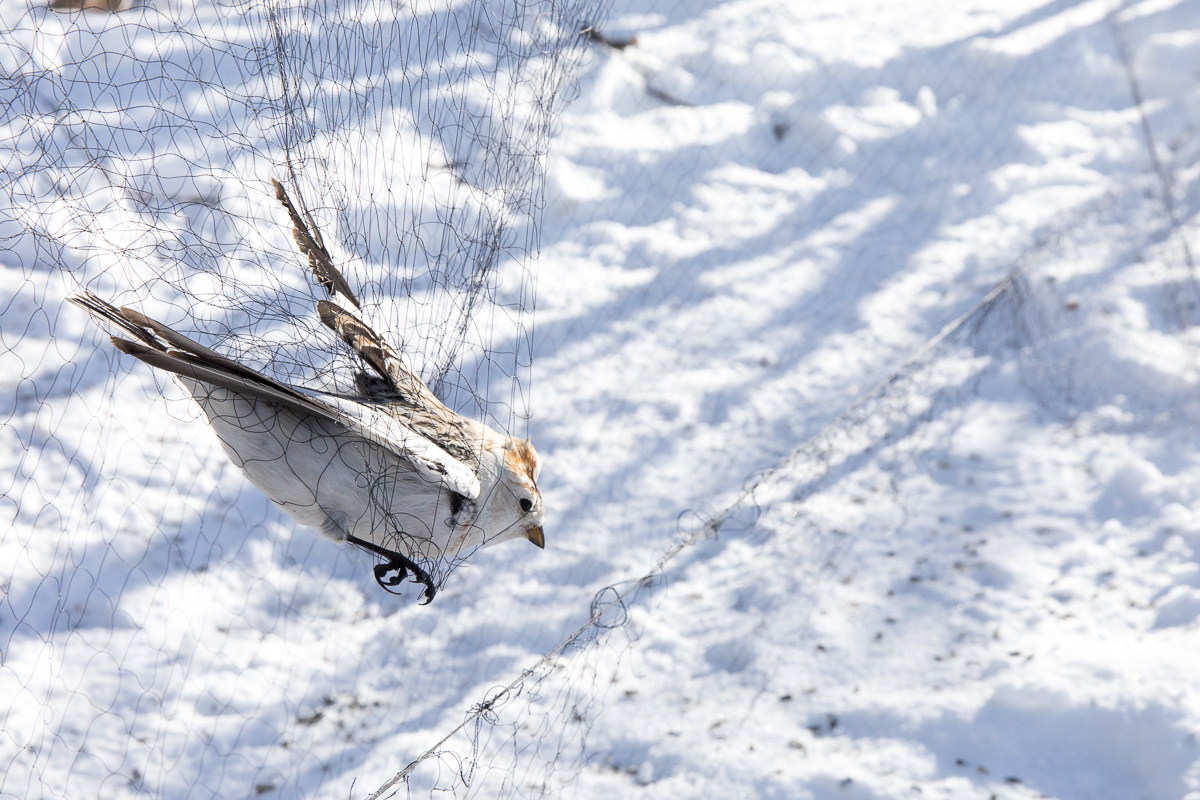
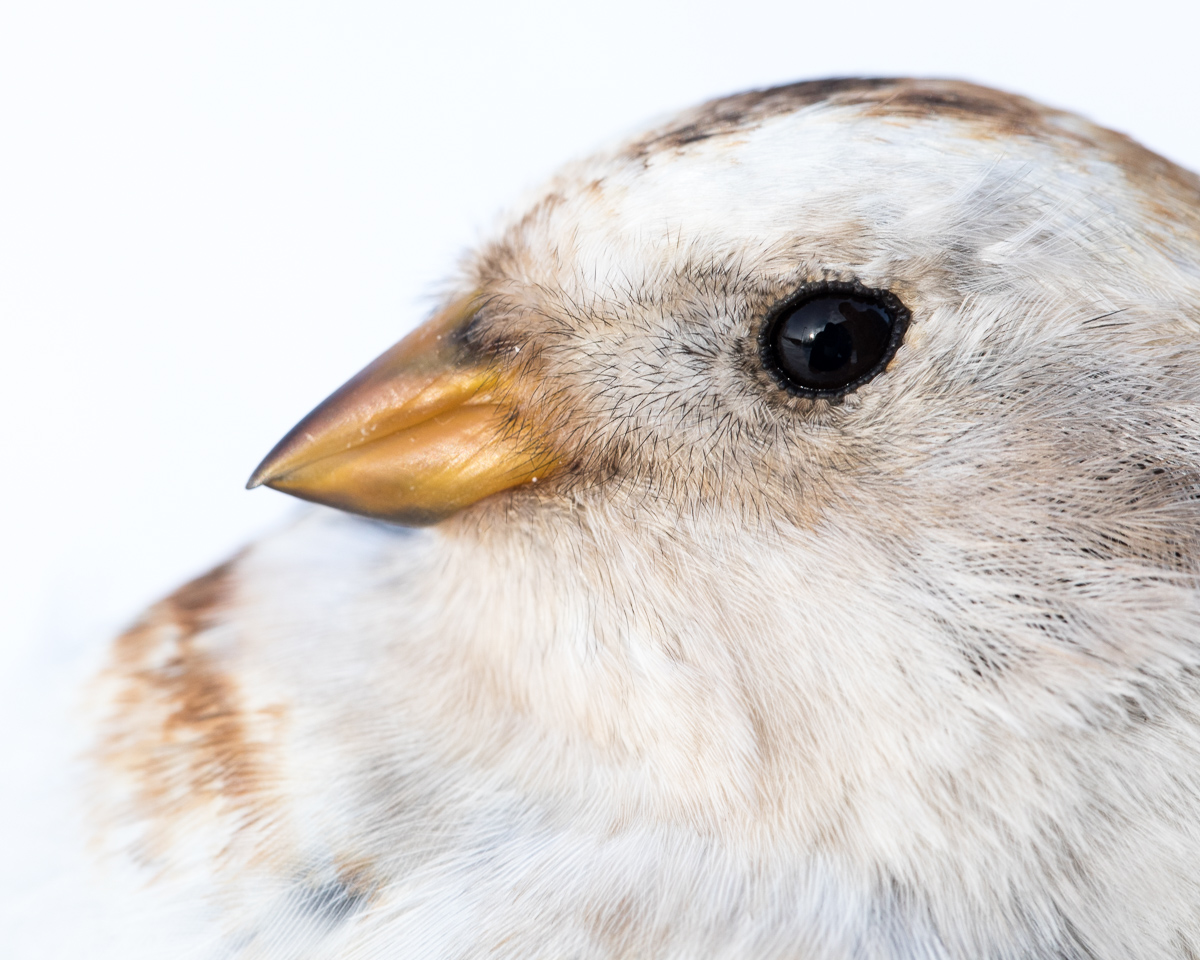
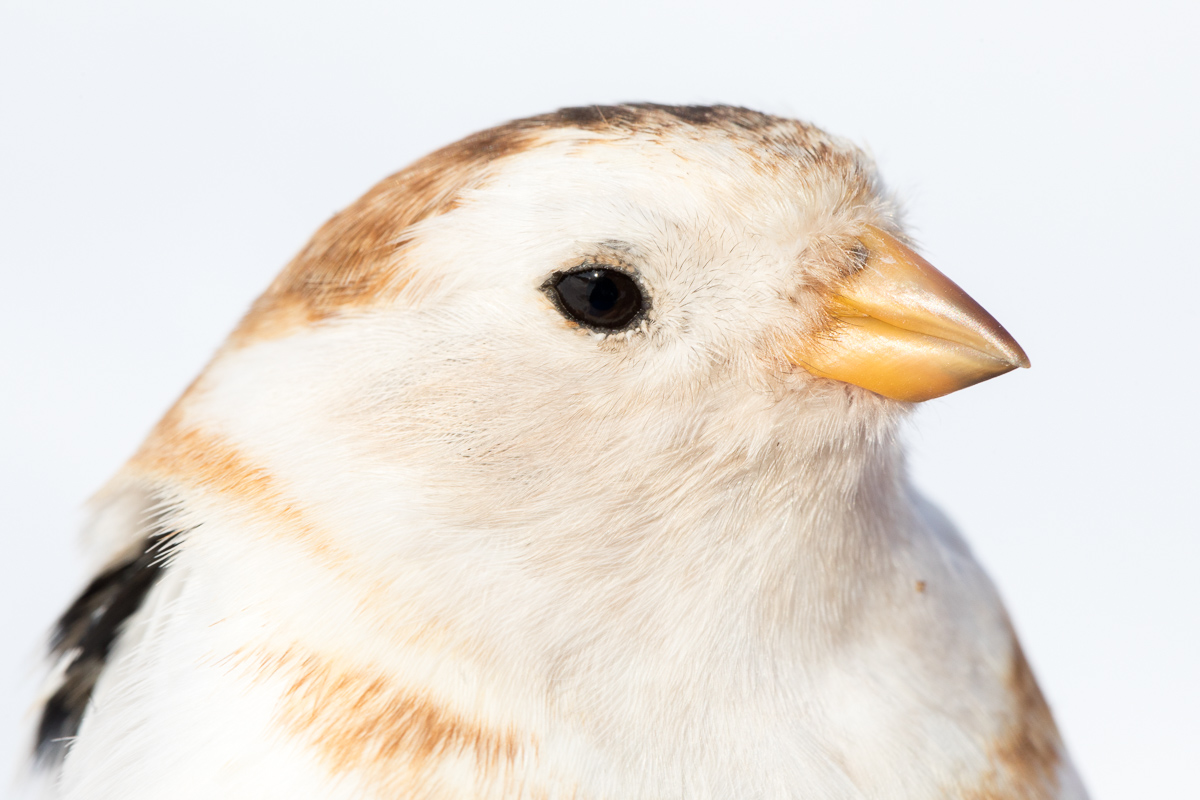
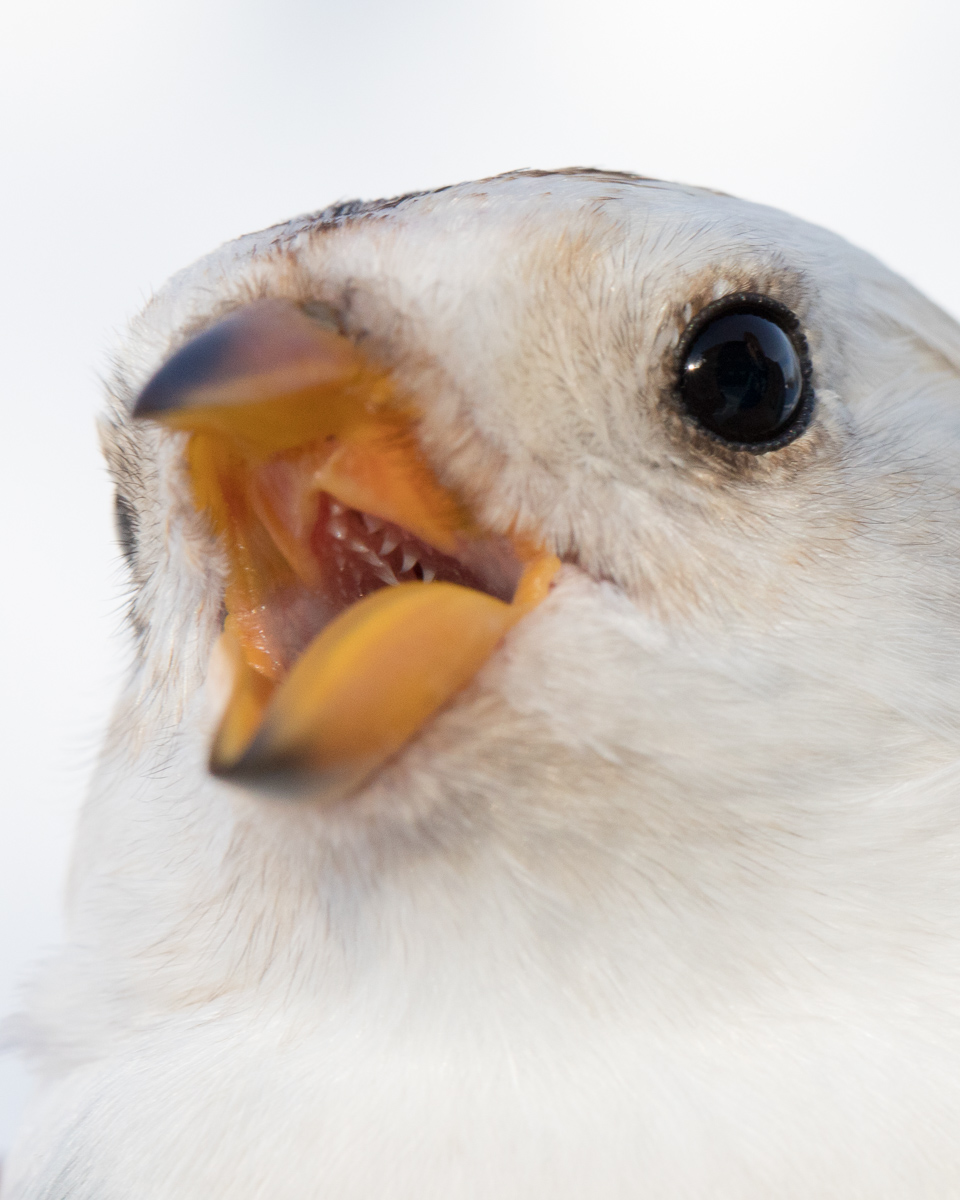
All photos of snow buntings taken and copyright of Oliver Wright.


